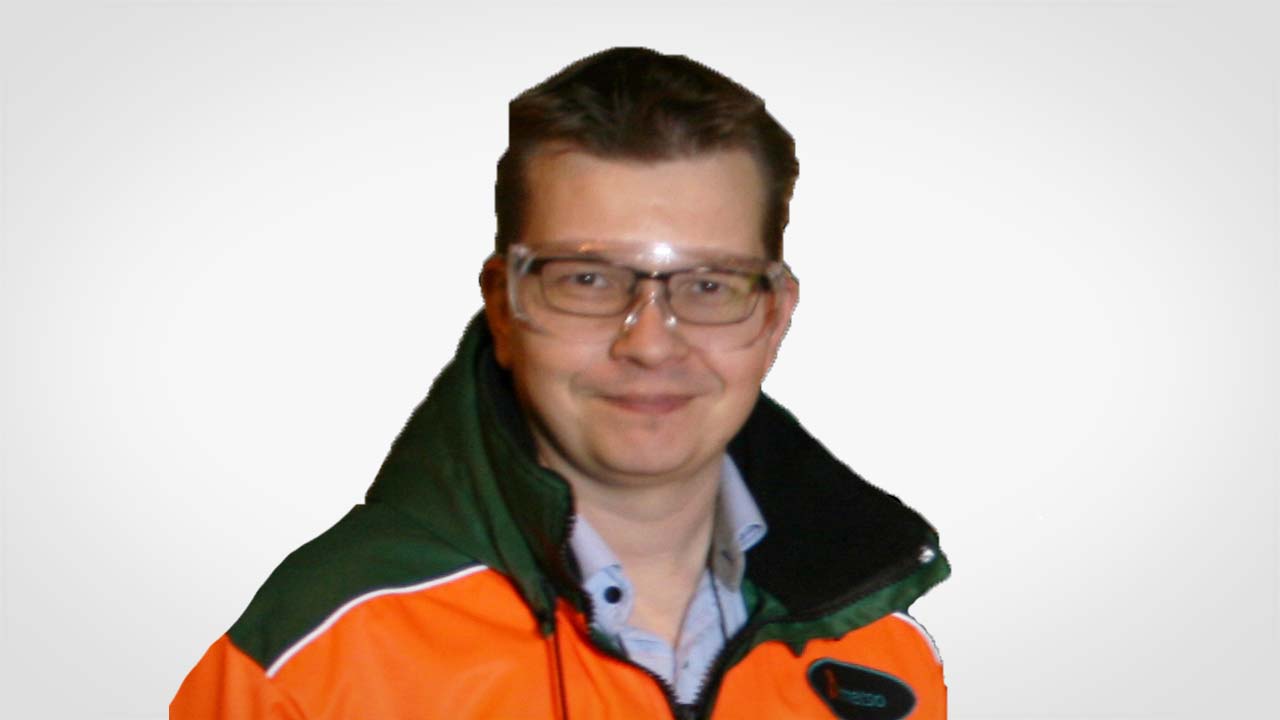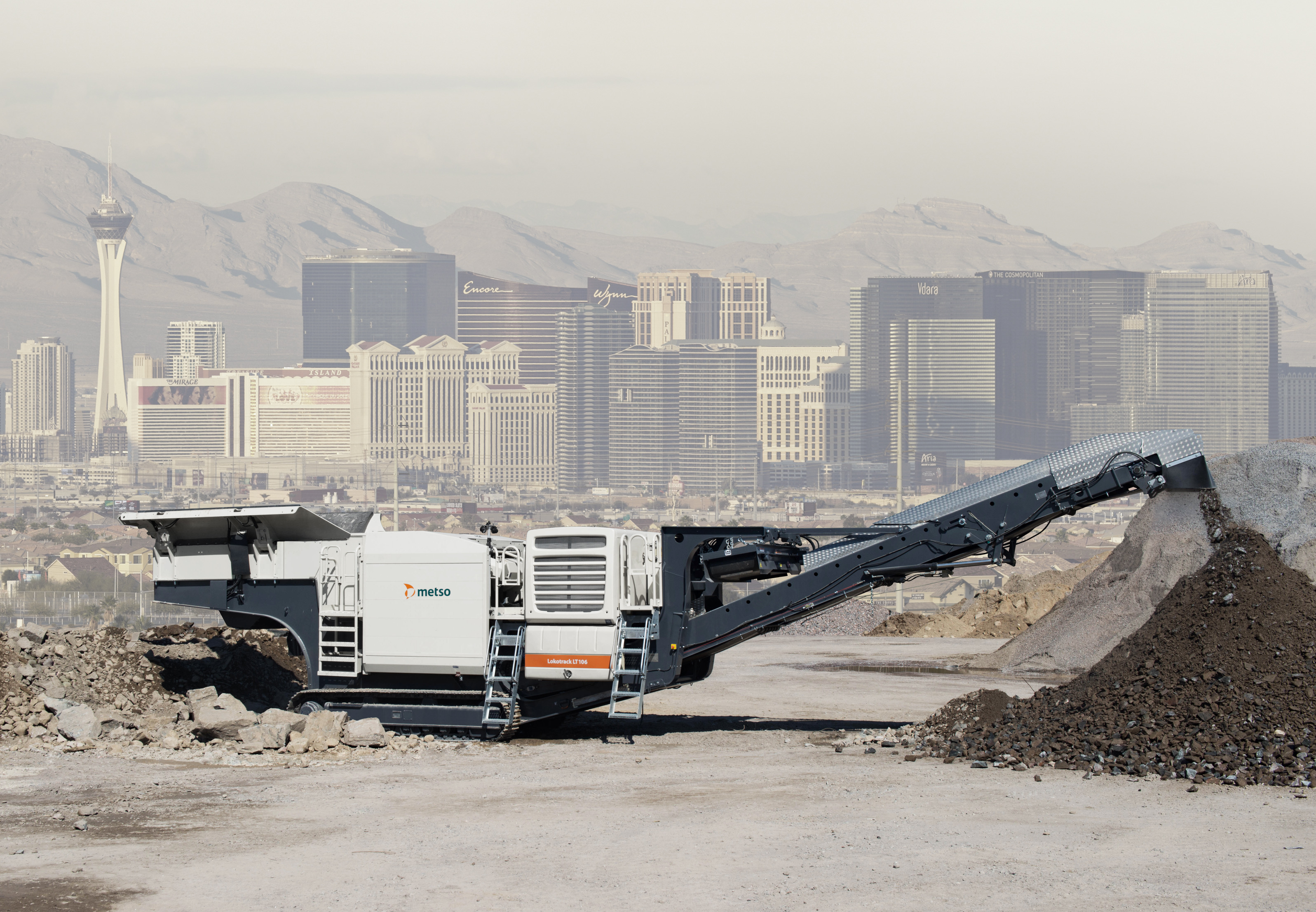Our customers have an increasing need for crushing operations close to densely inhabited areas, even in the centers of cities. Especially in fast-growing countries, where cities are quickly expanding and masses of people are moving closer to what would be considered traditional crushing sites, urban crushing is often a necessity. These operations are regulated by environmental permits that vary from country to country. When designing the new Lokotrack Urban™, we wanted to simplify the answer to some of these key environmental and operational challenges with a single solution.
Challenge 1 – Solving the origin of disturbances
The main issues for crushing rock close to communities are noise and dust emissions. Areas with bad air quality have increasingly tight limitations for dust emissions, whereas long-term exposure to loud crushing noise, both for employees on site as well as people living nearby, leads to various health concerns.
Solution: Since noise is one of the key issues, we decided to find the root cause that makes crushing noise disturbing. To do so, we collaborated with some of our local authorities, research organizations and private companies operating with acoustics and communal design. Our patent-pending solution focuses particularly on the reduction of crusher noise, which makes the whole crushing operation less disturbing. Since noise protection mechanisms need to be as air-tight as possible, they also help to manage dust emissions. This is especially the case when combined with other dust prevention features, such as a high-pressure water spraying system.
Challenge 2 – Transportability and making operations easy
Noise and dust are not the whole story. One common target for most operators is to limit the need for transportation. In the worst-case scenario, demolition waste from construction and rock from quarries are transported back and forth. This leads to hundreds of truckloads, increased transportation costs, more traffic and emissions – and even delays in construction projects. Many quarry operators also work in multiple sites, and equipment may need to be moved several times a week.
Solution: A machine designed for short-term use must be both robust and compact. We decided to utilize proven technology – but to add new noise and dust protection features to build a unique machine. As the base technology, we chose LT106™, one of our most widely used mobile crushing plants in the market. We paid special attention to make it as easy to maintain as possible. If needed, Urban can be “packed up” for transportation in only 15 to 30 minutes. The compact machine is also easy to move around within the same site. Ideally, aggregates can be used in the same location to completely avoid hauling.
Challenge 3 – Beating the regulations
When operation is planned for a limited period of time, using mobile equipment is often the most ideal choice. With mobile plants, however, it doesn’t make sense to invest in the same added protection mechanisms as with stationary plants. Therefore, it may prove difficult to comply with the environmental permit regulations.
Solution: Urban has all the necessary features built in to fulfill these regulations. Feedback we have received from the field supports the fact that using Urban has a positive impact on the permit process, especially when it comes to getting a short-term permit.
Can urban crushing change the way we build infrastructure for good?
Whether crushing closer or farther away from cities, demands will continue to increase for smoother, safer and more sustainable crushing operations. Regulations as well as cost structures are changing, and equipment too must support these developments. We are ready to take the challenge.

